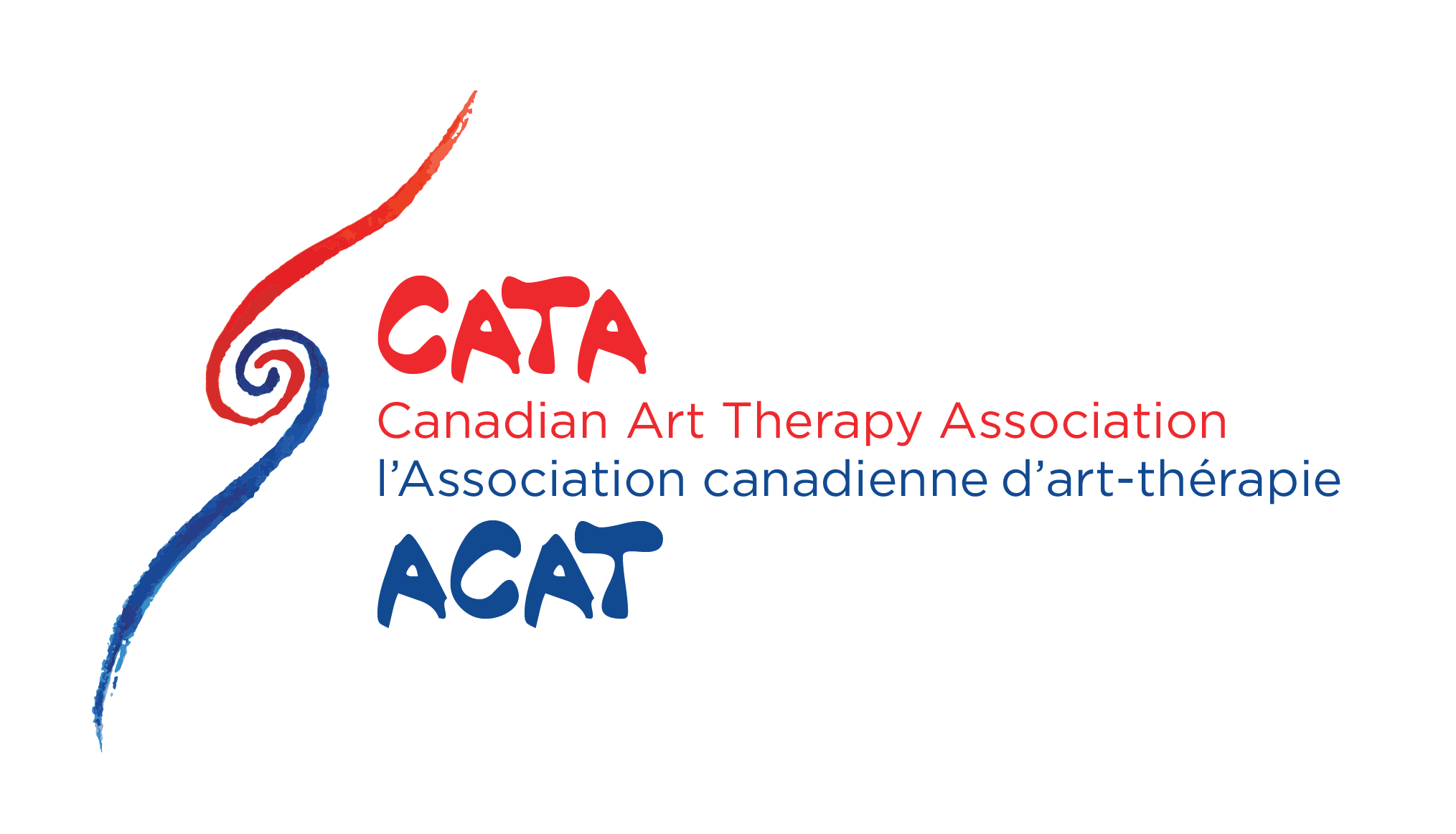Heartbeat with the new Rhythms
Olivia Tan (BA, DVATI, MA)
Vancouver, BC
Olivia grew up in Taipei, Taiwan, and lives in Vancouver now. She is an art therapist and recently earned her master's degree in the arts of counseling from Yorkville University. Currently, she is in the process of becoming a registered clinical counselor (RCC) in BC, and she cannot wait to work with clients by using trauma-informed approach and nonviolence communication.
During the pandemic, we felt stuck in our space, we could not attend any of the gatherings to celebrate the happiest moments of life, and maybe we could not say good goodbye to our loved ones. It seemed that physical freedom was deprived as we were all alone. Our mental well-being faced the threats of enormous worries and anxiety, and it was even worse than the limited physical space. People became anxious and maybe eager to blame others because of fear, which we can see happen all around the world now, the social injustice, racism, and violence. Those traumatic circumstances reminded me of my sense of helplessness, sadness, and worry. I felt my heart was crying. I wonder if it is a collective traumatic experience for us, or is it just a one-of-a-kind, unique personal experience? In either circumstance, using art therapy would help me to uphold my voice, because I believe that art itself is therapy (Malchiodi, 2012).
Being an art therapist, reflecting on myself through art-making would be a natural response. How to find my position in the wake of a pandemic would be a challenge. I strove to find a way to express my emotions and a meaningful method to cope with all the challenges. In the beginning, I had a dualistic idea (black and white thinking) of this traumatic experience that I felt so overwhelmed and worried about everything. I felt that it was a privilege to use all the colors and textures to represent my feelings and struggles. Thus, I could express my inner desires and relieve stress in this creative form through the lens of art-making.
From left to right: Picture 1, Picture 2, Picture 3 — process of painting from background colour to developing the heart shape. Acrylic on canvas, 9x12”.
I started to color the base with contrasting colors to show my inner confusion, fear, worries and anger (Picture 1). Then I created a heart in the middle and the wings to embrace myself (Picture 2). At this point, creating this art gave me the strength to find the rhythms of my inner peace, just like the heartbeat, it vibrated, ready to move on. Instead of spreading the wings, the embraced wings were like hugs, which gave me a sense of comfort, support and courage. By walking down in the luscious garden under the vast starry sky, I live in this moment, here and now (Picture 3).
I believe art is a therapy that can act as a stress buster (Talukdar, 2021), but I still want to add on some meanings underlying this unconscious process to enrich this framework, which I can not only reflect on myself but apply with my clients. The first step is to acknowledge our emotions and feelings, regardless if they are helpful or unhelpful (self-awareness — the first layer on the canvas). Second is to identify all those feelings and emotions in particular, such as fear, worry and anger (shown in all different colors and textures). And lastly, to accept and embrace all those feelings and emotions, it's ok to be imperfect. Now we may develop the capacity to cultivate our resilience and leave the stress or worries behind. Just let the art speak for itself.
References
Malchiodi, C. A. (Ed.). (2012). Handbook of art therapy (2nd ed.). The Guilford Press.
Talukdar, R. (2021). Stress management: When art therapy gives you the wings. Psychologs. https://www.psychologs.com/article/stress-management-when-art-therapy-gives-you-the-wings




